
Born out of centuries-old traditions, Cretan cuisine is simple and delicious. From fresh salads and buttery pastries to potent spirits and bold red wines, the island's most popular foods and drinks are products of Crete's sunny climate and vibrant culinary heritage. Whether you're grabbing a snack from a bakery or sitting down for a gourmet meal, the emphasis is always on freshness and quality. Read on to learn more about the delicacies and dishes you won't want to miss on a visit to Crete.
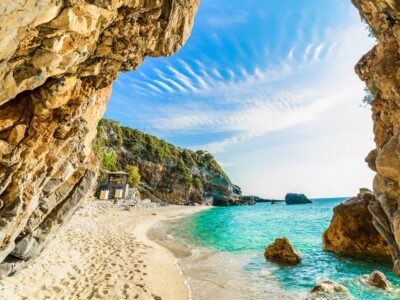
Cyclades, Saronic, Dodecanese, Sporades: to plan an island-hopping trip around Greece, you'll need some background on each of the island groups. Read on to learn what to expect, where to go, and how to start planning your adventure.

Athens is known for its year-round mild weather; temperatures in the city rarely drop below freezing. Summer is the high season, when the city’s world-famous attractions are packed with visitors, while the peaceful winters often see a spot of rain (or, rarely, snow). Spring and fall are shoulder seasons, with pleasant weather and thinner crowds, making them a good time to visit. Below, you’ll find some useful tips to help you plan your trip.
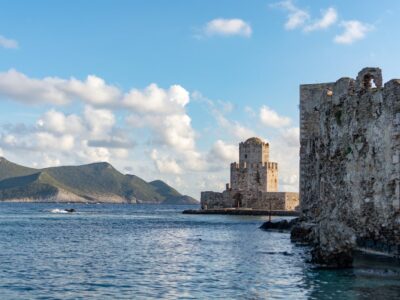
Located southwest of Athens, the Peloponnese peninsula is home to some of Greece’s most historic spots. Although summer is the busiest season, crowd levels won’t be on par with Athens or the popular Greek islands, so you can relax and soak in the pleasant weather and attractions year-round. The weather in the Peloponnese is similar to the Greek capital; expect hot, dry summers and cool, wet winters, with a temperate spring and fall. Read on to learn more about the best times to visit.
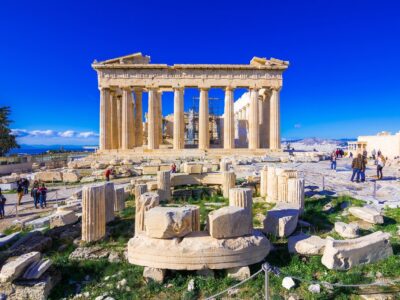
True, the weather can be cold and rainy—but when the sun shines, it's simply glorious. Above all, December is a month to experience Greece alongside the Greeks, and at its most authentic. In fact, many destinations are perfect wintertime venues, especially for nature lovers, skiers, and gourmands.
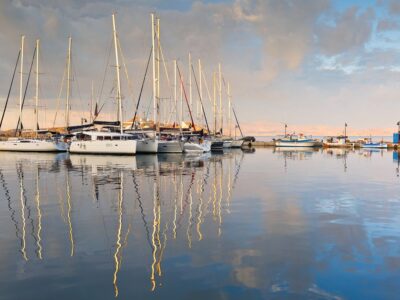
Athens, Naxos, Tinos, Ios, and Syros are a classic pairing for travelers headed to Greece. To make the most of your trip, maximizing time between travel days at each incredible stop, you'll want to plan your trip for about 10 to 14 days. Arrange your perfect trip to Athens, Naxos, Tinos, Ios, and Syros with the itinerary ideas below.
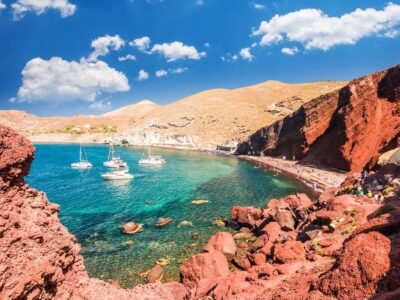
Seeking the perfect Greece itinerary? Look no further. We sent 3 people all over Greece to do research. We interviewed 2 experts. We analyzed 250 actual trips. We did in-depth interviews with 5 travelers. Then we took their advice, factored in how much time average travelers to Greece are likely to have (and what they most want to see), and identified the best Greece trips from 7-14 days. This is what we found.
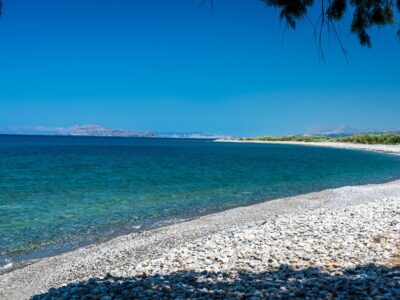
For most travelers, 9 to 12 days is the perfect amount of time for a Greece trip, with stops in Athens and Crete's Chania and Vamos. Travelers with less time can hit the route's highlights in six to eight days, which makes for a fast-paced journey. Or, extend your trip and explore more of the country—some favored trip extensions include Santorini. Keep reading for more inspiring Athens, Chania, and Vamos itineraries.

If you’ve already “done” Greece in summer, take advantage of bargain prices in the country's low season. The good news? You’ll feel like you have Greece to yourself. The bad? Often undesirable weather, with gray skies and frequent rain—although temperatures are generally mild and rare sunny days can be crystal clear.
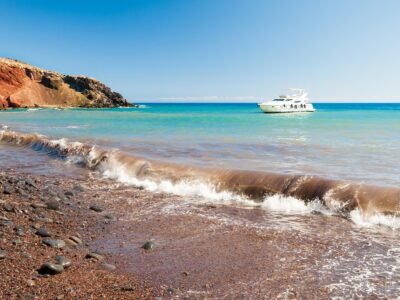
July ushers in Santorini's finest weather of the year, and it's the ideal time to get down to one of the island's delightful beaches for a long sunbathe or a swim. But the gorgeous weather comes with a cost: the highest costs of the year, in fact, as high season continues for a second month running with maximum prices for hotels, and with all traveler facilities—from accommodations to tours to beachside lounges—at full capacity.
